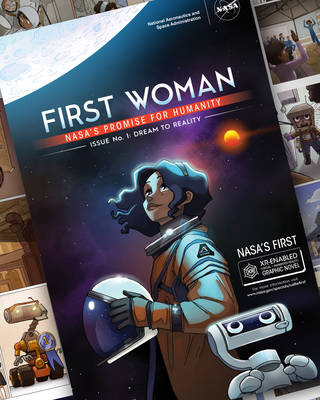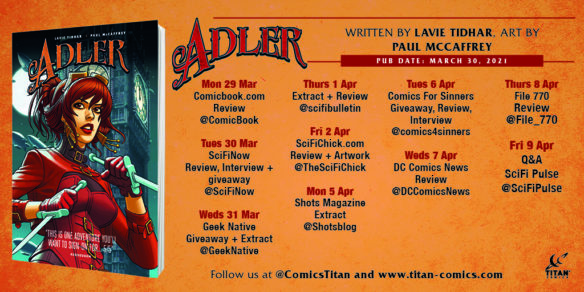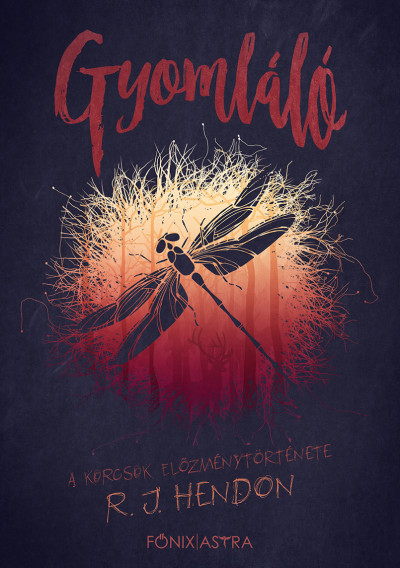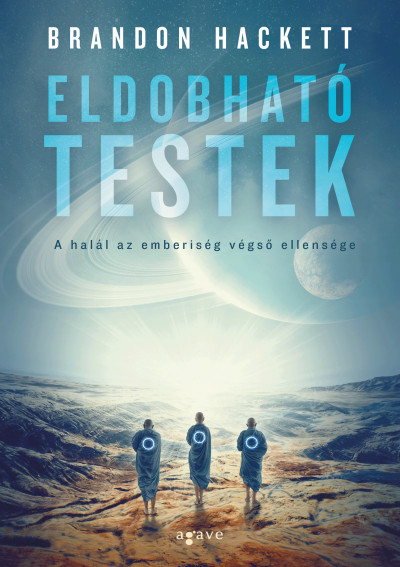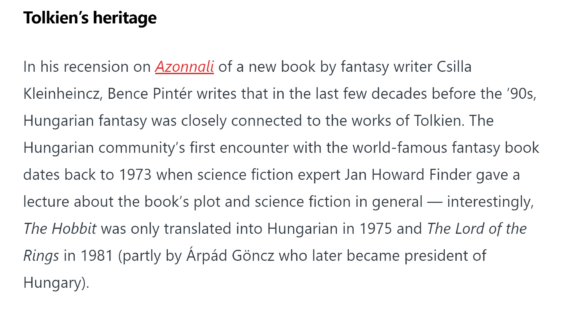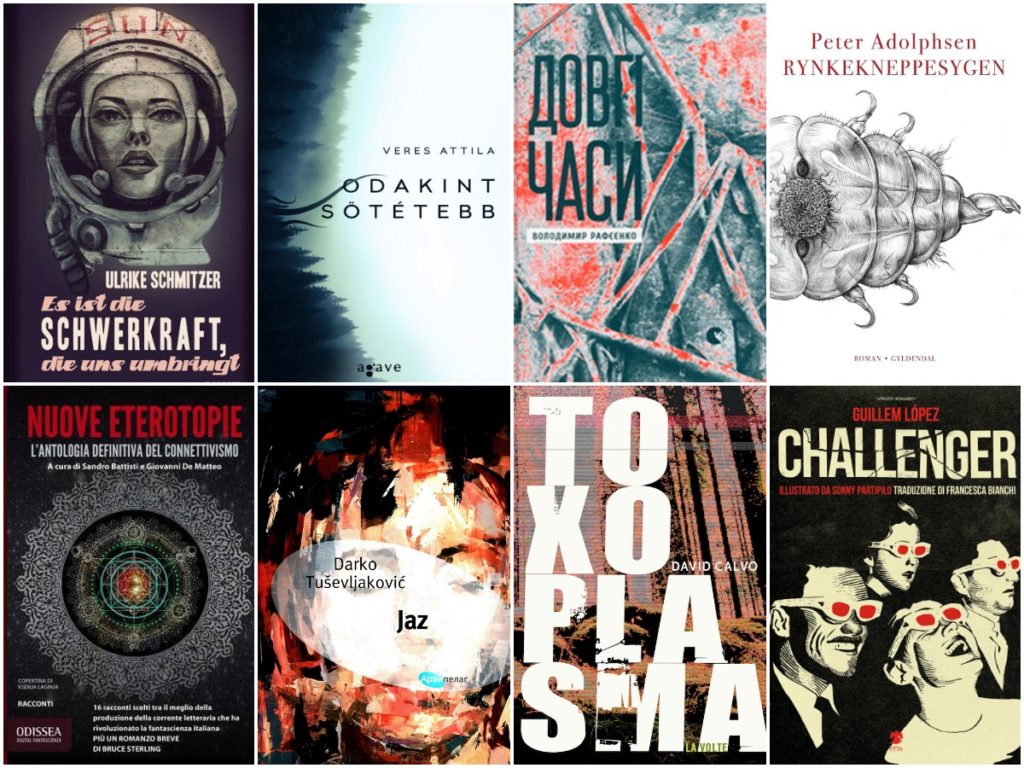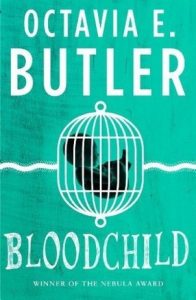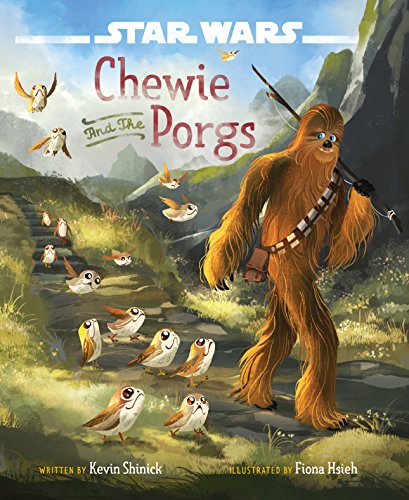(1) CONGRATULATIONS, MR. MAYOR! We are happy to report that Hungarian Filer Bence Pintér won the mayoral election in his homewtown Győr. Győr is the main city of northwest Hungary, halfway between Budapest and Vienna, home to 130 000 people. It was a tight race against opponents who were, respectively, the incumbent and the former incumbent, a member and an ex-member of the ruling Fidesz party.

(2) SFF IN HUNGARY. And Sci Phi Journal brings us all up to speed on contemporary Hungarian SFF with Éva Vancsó’s article “The Kaleidoscope Of Hungarian Fantastic Literature In The 21st Century”.
Hungarian science fiction dates to the middle-19th century with tales of moon travels and fictional worlds of advanced technology that reflected the spirit of the age more than any other genre. In the years to come, though themes and forms had changed, Hungarian literature mirrored society’s problems, hopes, fears, and dreams. It expressed the terrors of totalitarian regimes and world wars, and later, during the communist culture policy, it either served as a „honey trap” of natural sciences or became the literature of opposition before the change of regime in 1989. For years, only selected Anglo-Saxon/Western SFF works could seep through the crack in the cultural door, but it was swung wide open by the end of the Cold War. The previously encapsulated Hungarian fantastic literature absorbed the influences from outside and started to grow in terms of authors, titles, themes and styles. In this article, I intend not to review Hungarian science fiction and fantasy since the turn of the millennium comprehensively but rather as a kaleidoscope to present the tendencies and genre-defining authors and works in the last twenty-five years….
(3) TWO-YEAR-OLD SUIT MAKING NEWS. [Item by Anne Marble.] The lawsuit involving Entangled Publishing reminds me of the case involving the agent who was dropped — except even more so. It is being discussed on Threads and elsewhere.
An author named Lynne Freeman is suing one of Entangled Publishing’s star authors — Tracy Wolff (the author of the Crave series, a popular YA vampire series). Also being sued are Prospect Agency, LLC as well as Entangled Publishing itself. Other defendants are MacMillan Publishers, LLC and University City Studios, LLC. The court documents were filed in 2022, but most people are only just starting to learn about the case: “Lynne Freeman v. Tracy Wolff – Crave copyright complaint”.
Lynne Freeman is alleging that she sent her novel to Emily Sylvan Kim of Prospect Agency (referred to as “Kim” throughout the document). Kim made Freeman do multiple revisions and create new material — and then (allegedly, of course), Kim sent this material to her client and friend, Tracy Wolff. And Wolff (allegedly, of course) used these materials to create her series, which consists of four books: Crave, Crush, Covet, and Court. Freeman claims “substantial similarities.” Usually, when I see lawsuits that claim “similarities” between two works in the same subgenre, the similarities are usually vague — or they’re thing that are common throughout that subgenre. But in this case … wow. They run from page 13 to page 74 — and some of them include multicolored highlighting. Interestingly, according to this document, the CEO and publisher of Entangled (Liz Pellitier) claimed that she created the storyline of the Crave series and then passed this concept on to Tracy Wolff.
The discussion on Threads is especially passionate.
@ellen_mint_author says:

And @dr.elle_woods’ comment drew heated agreements.


Entangled Publishing owns Red Tower Books — the imprint that published Fourth Wing and Iron Flame by Rebecca Yarros — among other romantasy books. Entangled (which started out as an indie) is now an imprint of Macmillan Publishers.
(4) OFTEN CHOPPED. Animation World Network interviews a brave writer: “’Inside Out 2’: It’s What Gets Cut That Counts”.
For Inside Out 2 story artist Rebecca McVeigh, her earliest memory of wanting to be a storyteller was a camping trip with her family when she was just five years old.
“I was writing and illustrating, as much as a kid that age can, my own books,” she shares. “On that trip, I remember just sitting with a pencil and crayons and writing a story about a princess who gets turned into a horse. So perhaps I was a writer before I was an artist. But writing and drawing were always intertwined because every time I wrote anything as a child, I also drew it in pictures.”
McVeigh, who is also known for her work on Netflix’s Annie Award-winning film Nimona, says being a story artist on a film as emotionally driven as Pixar’s latest hit film, which follows the complicated and often destructive dynamic of the emotions inside a teenage girl’s head, is not for those without tough skin. In addition to the sheer drafting mileage, creating an incalculable number of story sequences, McVeigh says one of the biggest challenges of the process is accepting the fact that 99 percent of it ends up on the cutting room floor.
“Over the course of the whole film, I couldn’t even begin to guess how many sequences I have done in total,” says McVeigh. “I’ll work on a sequence for two weeks or however long they’ll give me to do something. And then I’ll deliver it to editorial and they do what they need to do. I may not see it again for six months, or ever again if it gets cut. I’ve had scenes where I will do a version of it and then it’s a year before I see it again. Either way, you need to have the humility to let your work go.”…
(5) MEMORY LANE.
[Written by Cat Eldridge.]
June 26, 1962 – King Kong Vs. Godzilla. Sixty-two years ago in Japan two great monsters united when King Kong Vs. Godzilla premiered. Really would I kid you? (Well I would and you well know it, but that’s for a different discussion, isn’t it?)
Not at all surprisingly, this Japanese kaiju film was directed by Ishirō Honda, with the special effects by Eiji Tsuburaya. Nine years previously, Honda directed and co-wrote Godzilla of which Tsuburaya is considered the co-creator.
The script was Shinichi Sekizawa, mostly known, again not surprisingly, for his work on the Godzilla films but he did some other genre work such as Gulliver’s Travels Beyond the Moon and Jack and the Witch.

It started out as a story outline written by King Kong stop-motion animator Willis O’Brien in the early Sixties in which Kong battles a giant Frankenstein Monster. The idea was given to the Tojo film company without his permission and they decided Godzilla would be a bigger draw. They were right.
An individual by the name of Merian C. Cooper filed a lawsuit against the film showing here claiming he had exclusive right to the King Kong character in the United States, a claim that the film distributor quickly refuted as it turned out many individuals did.
It had already been the single most popular Godzilla film in Japan before it showed here and remains so to date. It made nearly three million here, not bad considering its tiny budget of four hundred thousand— two men in suits don’t cost much, do they? — so the film made twenty times that in its first run. Monsters rock!
The Hollywood Reporter liked it: “A funny monster picture? That’s what Universal has in “King Kong Versus Godzilla.”
Though the New York Times in an anonymous review grumbled quite loudly stating as only the Old Grey Lady can that“The one real surprise of this cheap reprise of earlier Hollywood and Japanese horror films is the ineptitude of its fakery. When the pair of prehistoric monsters finally get together for their battle royal, the effect is nothing more than a couple of dressed-up stuntmen throwing cardboard rocks at each other.”
Finally John Cutts of Films and Filming says “Richly comic, briskly paced, oddly touching, and thoroughly irresistible. Outrageous of course, and deplorably acted and atrociously dubbed to boot. “
Audience reviewers at Rotten Tomatoes give a so-so rating of fifty six percent. There is no Japanese version of Rotten Tomatoes to my knowledge which would be fascinating to read in translation of course.
(6) COMICS SECTION.
- Saturday Morning Breakfast Cereal has an alternative to cloning.
- Foxtrot is forced to call an audible.
- The Argyle Sweater finds refreshments with a theme.
- Carpe Diem has a worrying update.
- Spectickles adds to Frankenstein’s problems.
(7) MARVEL UNLIMITED LAUNCHES ‘AVENGERS ACADEMY: MARVEL’S VOICES’. Last month, Marvel’s Voices reached its 100th Infinity Comic issue and marked the milestone with a brand-new hero: Justin Jin, a.k.a. Kid Juggernaut. Now Kid Juggernaut is joining a new team and a new adventure in Avengers Academy: Marvel’s Voices, a new ongoing weekly Infinity Comic series written by Anthony Oliveira and drawn by Carola Borelli, Bailie Rosenlund, and guest artists. The first issue is available now, exclusively on Marvel Unlimited.
Avengers Academy: Marvel’s Voices will bring together some of the world’s brightest teen heroes to learn from and train with the best of the best. The Academy’s first recruits include:
- Moon Girl & Devil Dinosaur, the dynamic duo of Inhuman super genius Lunella Lafayette and her psychically bonded Jurassic giant
- Red Goblin, the grandson of Norman Osborn, Normie Osborn, bonded with the unpredictable newborn symbiote Rascal
- Bloodline, Daughter of Blade, the Daywalker Brielle Brooks who inherited vampiric super powers, currently in the middle of Marvel’s blockbuster summer comic book event, Blood Hunt
- Captain America of the Railways, Aaron Fischer, a protector of fellow runaways who first appeared in United States of Captain America and recently headlined his own Infinity Comic series
- Escapade, Shela Sexton, the breakout mutant hero who first debuted in Marvel’s Voices: Pride and went on to battle alongside the New Mutants
- Kid Juggernaut,Justin Jin,the avatar of the demon Cyttorak who also recently headlined his own Infinity Comic seriesKid Juggernaut: Marvel’s Voices, which just wrapped up last week!
Don’t miss what lies in store for the newest students of Avengers Academy every Wednesday on Marvel Unlimited.
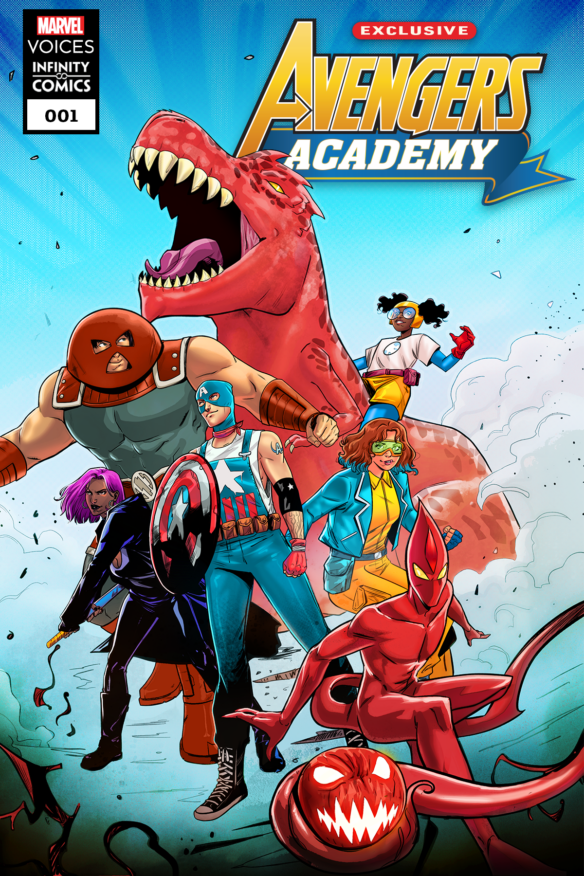
(8) CITRUS CONTROVERSY. [Item by Steven French.] Is the Earth shaped more like an orange or a lemon? “Royal Society exhibition revives 18th-century debate about shape of the Earth”
…It was a row that split scientists, launched globe-trotting expeditions and for one man, ended in murder: was the Earth shaped like an orange or a lemon?
The 18th-century debate – and the endeavours that settled it –can now be relived by visitors to this year’s Royal Society summer science exhibition, in a display called “Figuring the Earth”.
Opening to the public on Tuesday, and remaining on show in London until October, the exhibition – which is presented in English and French – celebrates the importance of international competition and collaboration.
The citrus fruit conundrum, it seems, is a case in point….
(9) FROM THE MOON TO MONGOLIA. “First ever rocks from the Moon’s far side have landed on Earth” reports Nature.
The first rocks from the far side of the Moon have just landed safely on Earth and scientists can’t wait to study them.
China’s Chang’e-6 re-entry capsule, containing up to two kilograms of materials scooped and drilled from the Moon’s most ancient basin, touched down in the grasslands of Siziwang Banner in the Chinese northern autonomous region Inner Mongolia at 2.07 p.m. Beijing time on Tuesday, according to the China National Space Administration (CNSA).
“The samples are going to be different from all previous rocks collected by the US, Soviet Union and China,” which came from the Moon’s near side, says Yang Wei, a geochemist at the Institute of Geology and Geophysics in Beijing. “We have very high expectations for them,” Yang says….
(10) VALSPAR TIME TRAVEL COMMERCIAL. [Item by Andrew Porter.] What could go wrong in this commercial for interior house paint? See the video at the link: “Valspar TV Spot, ‘Time Machine’”.
(11) BLAST FROM THE FUTURE. Keep watching the skies — “Once-in-a-lifetime nova will appear in Earth’s sky. Here’s how to spot it.” at Yahoo!
A rare nova explosion will soon be visible in the Earth’s nighttime sky, according to officials at NASA.
The event, which could occur anytime between now and September, is creating a buzz within the astronomy community, as both professional and amateur astronomers alike will be able to see the explosion….
…Located 3,000 light years from Earth, T Coronae Borealis (T CrB), nicknamed the Blaze Star, is a binary star system in the Coronae Borealis (or “northern crown”) constellation.
In this binary system, a white dwarf (a dead star) and an ancient red giant (a slowly dying star) are gravitationally bound to each other. Every 80 years or so, the hydrogen from the red giant fuses with the surface of the white dwarf, causing a buildup of pressure and heat, resulting in a thermonuclear explosion — causing the system to go nova.
The last time a T CrB nova was seen from Earth was in 1946.
(12) VIDEOS OF THE DAY. [Item by Dann.] I came across Studio C on YouTube. It is a creative effort coming out of BYU. There were quite a few genre-related pieces that I thought might pique Filers’ interest.
- Meeting King Triton – Ariel’s dad
- Indiana Jones swapping out the golden idol
And lastly, something that might be of interest given the discussion about fandom and The Acolyte –
- Star Wars Fans When the Acolyte Comes Out
[Thanks to Steven French, Teddy Harvia, Kathy Sullivan, Lise Andreasen, Dann, Bence Pintér, Mike Kennedy, Andrew Porter, John King Tarpinian, Chris Barkley, Cat Eldridge, SF Concatenation’s Jonathan Cowie for some of these stories. Title credit belongs to File 770 contributing editor of the day Thomas the Red.]

